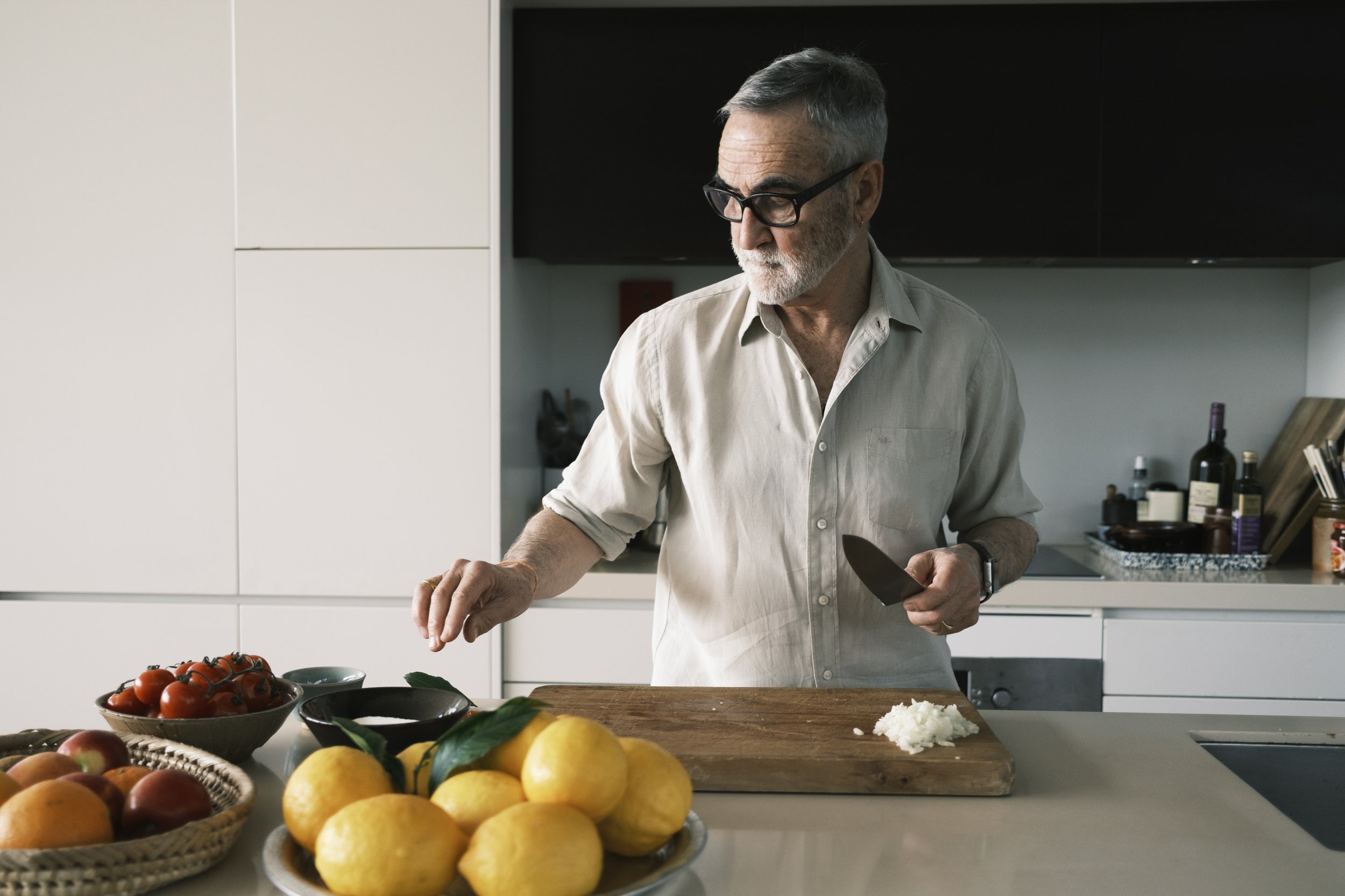What I learned about earthernware cooking vessels
What I learned about earthernware cooking vessels.
One cold December many years ago, I was staying in the Catalan city of Lleida. My hotel was next door to one of those gigantic Carrefour supermarkets and as a cook I like places like that as I enjoy not only seeing what is for sale, but also noticing what people buy. It speaks volumes to me about what goes on in a society.
However my favourite aisle soon became the aisle of traditional cookware. This consisted of all shapes and depths of paella pans, brown earthenware jugs for wine and many sizes and depths of brown earthenware, only-glazed-on-the-inside dishes. I thought these very picturesque, very folkloric, ridiculously cheap and a groovy addition to any dinner party. They were similar to the ones I had seen in the Campo di Fiore market in Rome and in markets in Tuscany.
The next day I went to my hosts, the Pons family’s olive mill for an olive oil tasting and lunch. Upstairs from the mill is a tasting room with a big fire in one corner and a kitchen where I was introduced to Isabella and Pepita, who, I was told, were employed by the Pons to cook traditional Catalan food. I couldn’t believe my luck, I had stumbled onto what was in effect cooking demonstrations by experts. I hastily got out my notebook after asking if they didn’t mind me watching. With typical generosity they invited me to watch as they made lunch and ask as many questions as I liked.
To my alarm the first thing Isabella did was put one of the beautiful shallow earthenware dishes, like the ones I had seen at Carrefour, directly onto a low gas flame. She added olive oil and diced pork and merrily proceeded to fry it until it was golden brown. This turned out to be the basis of a delicious stew we ate later. I stood there waiting for the earthenware dish to fly apart from the heat. This didn’t happen and I was to see them use these earthenware dishes over the gas for almost all of their cooking.
These dishes have obviously been used since antiquity and are very efficient heat conductors which brown beautifully and hold their heat like any heavy metal vessel.
It would seem that the English and their Kiwi descendants have forgotten the use of earthenware cooking vessels. They are still used in Europe and Asia. The historian in me tried to work out why and could only imagine that the industrial revolution which was centred in Britain meant that metal cooking vessels became commonplace, but who knows.
These same Spanish dishes, (casolas and cazuelas), are now readily available in New Zealand. It would be a shame if people only thought of them as serving dishes. They are made to go on the heat and be cooked in. That they have such a rustic charm is a bonus, because they also make attractive serving dishes.
Some say they must be soaked in water before use but I have never bothered and Isabella and Pepita certainly didn’t mention this when they gave me detailed instructions on using them.
What they did say was to heat them slowly as they will crack with rapid extremes of temperature, which happened to one I was using at a cooking demo once when I nervously didn’t pay attention to the heat. Kind of embarrassing. Also do not use too high heat with them as they become so hot that a stew will continue to boil quite a long time after it is removed from the heat.
The following is my version of a very typical Spanish dish cooked in a cazuela.
Paprika Chicken and Pumpkin
4 tablespoons olive oil
6 skinned boned chicken thighs, each sliced in half across the grain of the meat
2 red onions, chopped
1 stick celery, thinly sliced
3 cloves garlic, finely chopped
1 tablespoon sweet smoked Spanish paprika
1 tablespoon cumin seeds, toasted until fragrant in a dry frying pan over moderate heat
¼ cup currants
400g peeled, seeded pumpkin, cut into 4 cm dice
500ml chicken stock
salt and freshly ground black pepper
2 tablespoons chopped flat leafed parsley
Put the cazuela onto low heat and add the oil.
Put the chicken into the cazuela and turn the heat up to moderate. Gently bring the cazuela up to heat and brown the chicken.
Add the onions, celery and garlic.
Fry gently for about 10 minutes until the onions are soft.
Add the paprika, cumin, currants, pumpkin, and stock.
Mix well, bring to the boil, keeping the heat moderate.
Simmer 20 minutes until the pumpkin is tender and the mixture thick.
Taste and season.
Serve sprinkled with parsley. Good with rice. Serves 4-6.




